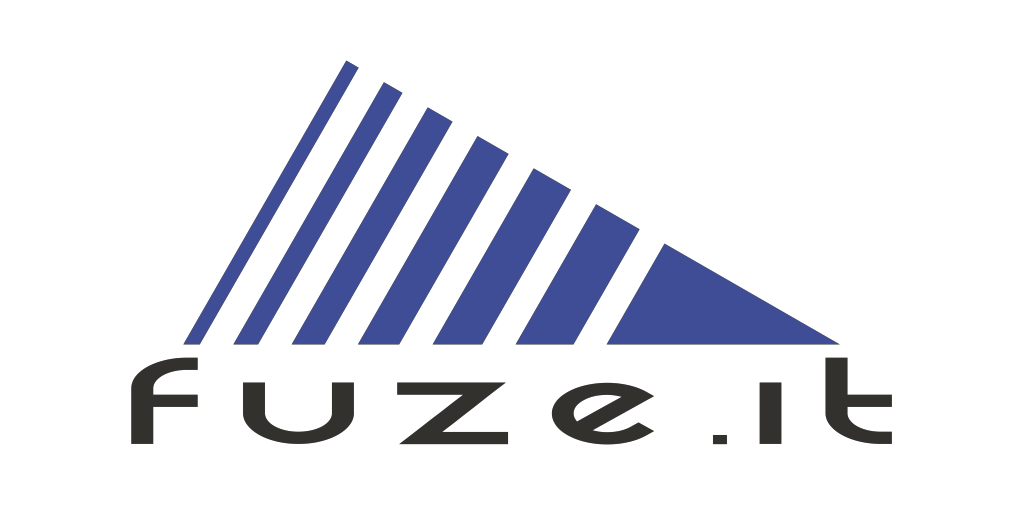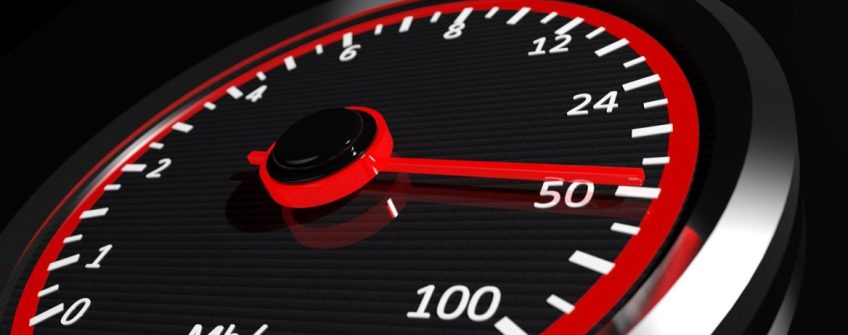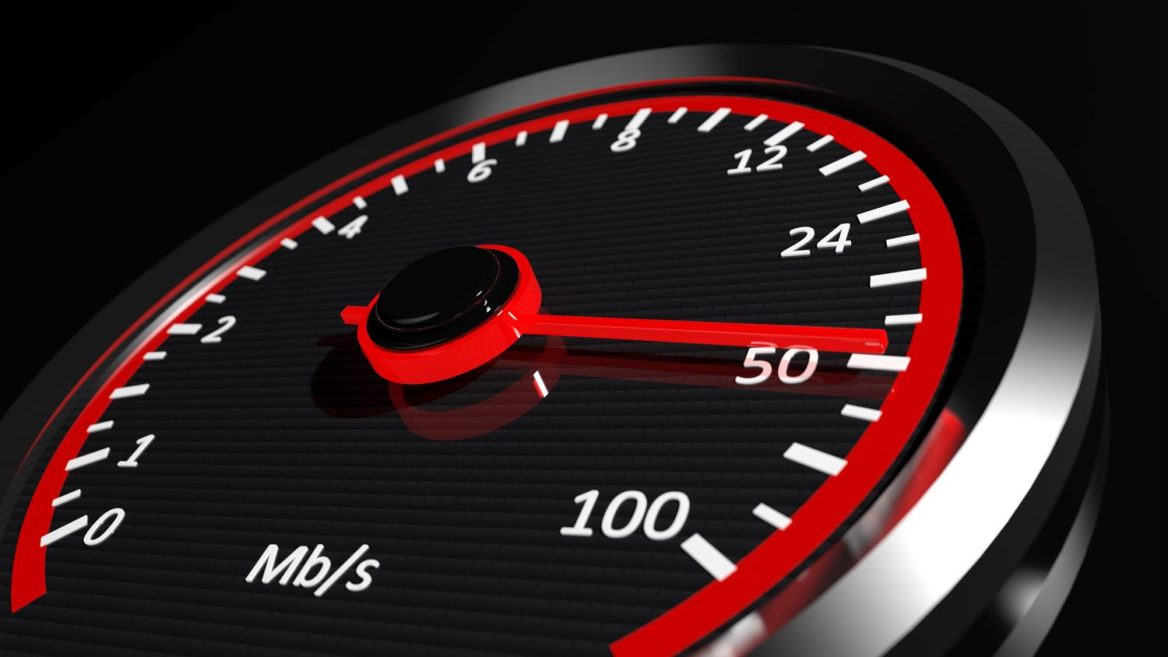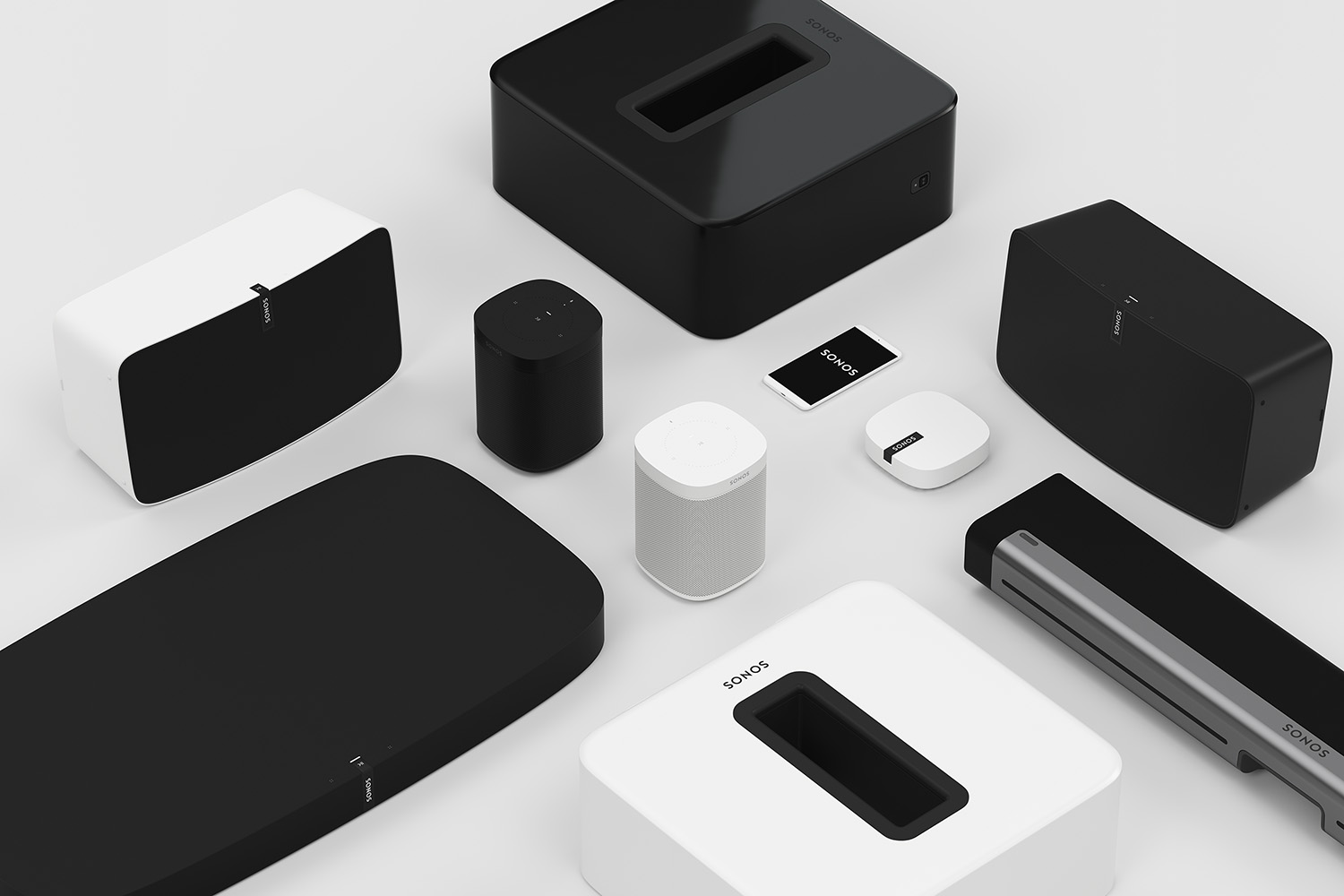 About twelve years ago, we Custom Installers spent days, if not weeks, running all sorts of cables along with fitting all sorts of nondescript black boxes in the hope that in the end, it filled your home with your favourite music day in, day out. However after returning to many of these expensive installations many months later for a “check-up” we often found that there was a pattern forming. We would install either a 6 disc CD changer, or sometimes the enormous 200 disc CD changer in to every system, and during the final testing stage we would leave 5 or 6 of the customers favourite CD’s in the machine, only to find these same CD’s still in the changer after many months or even years!
About twelve years ago, we Custom Installers spent days, if not weeks, running all sorts of cables along with fitting all sorts of nondescript black boxes in the hope that in the end, it filled your home with your favourite music day in, day out. However after returning to many of these expensive installations many months later for a “check-up” we often found that there was a pattern forming. We would install either a 6 disc CD changer, or sometimes the enormous 200 disc CD changer in to every system, and during the final testing stage we would leave 5 or 6 of the customers favourite CD’s in the machine, only to find these same CD’s still in the changer after many months or even years!
Then we saw the digital music revolution for home audio. Imerge produced the first commercially available digital music storage device and audio server for domestic applications. This was a HUGE step forward, as it meant that after spending many man-hours of programming, you could now select music from your entire collection at the press of (many) buttons. Now depending on what you were controlling it with, you may or may not have been able to see your artwork, or sometimes even see what song was playing on your remote, but at least you could press “next disc” until your heart was content. The Imerge also distributed audio by way of analogue outputs, which meant you needed matrix switching and amplifiers to actually make sound, along with having to pay extra for each additional output.
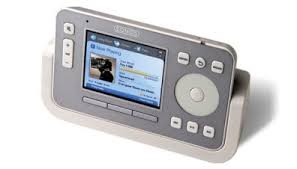
Then back in around 2005, a new product from an unknown startup hit the market. The Sonos product was initially shunned by many as the cost just seemed too high. The company’s first offering, the ZP100, retailed for near enough to $1000 AUD, and also required the use of a computer or dedicated CR100 remote control (at a cost of $799 AUD). But many savvy Custom Installers saw the long term benefits and the substantially lower total cost of investment for their customers. The biggest problem these Installers found was the lack of Broadband Internet and decent domestic grade I.T. hardware.
Now the Sonos name is almost as well known as brands like Bose, and in our opinion significantly more flexible, powerful and provides many more options to listen to your favourite music. Sonos integrates with music services such as Spotify, iHeart Radio, Google Play Music, Deezer, Apple Music, Audible and Bandcamp (plus many others). So the chances of finding music you wish to listen to are pretty good! The system caters to Home Theatres, small bedrooms and bathrooms, medium to large rooms, custom speaker installations, voice-control via Amazon Alexa and soon Google Assistant, all controlled by a free app for iPhone, iPad, Android, Mac or PC. It truly is one of the best “Bang for your buck” systems out there. Especially now that there are speakers starting at just $229.
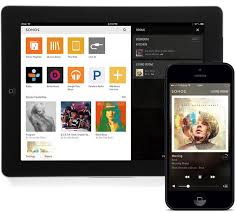
Today’s biggest issue with Sonos for Custom Installers is still terrible networking hardware. The vast majority of home users use the free Internet routers sent to them by their Internet Service Provider. Then add to that the the strong marketing behind WiFi Extenders (which are undoubtedly the worst invention ever for networking in our opinion), means that homes are often not providing a stable base for products such as Sonos (or any true networked device) to function at their true potential.
If you’re interested in purchasing Sonos, or if you have a problematic Sonos system, Fuze IT can ensure that the underlying network is stable so that you can truly enjoy your entire music collection. Contact us for more information.
And you can believe us when we tell you we know a lot about Sonos; our Company Owner ran the Australian Customer Support department for Sonos over a period of 11 years.

